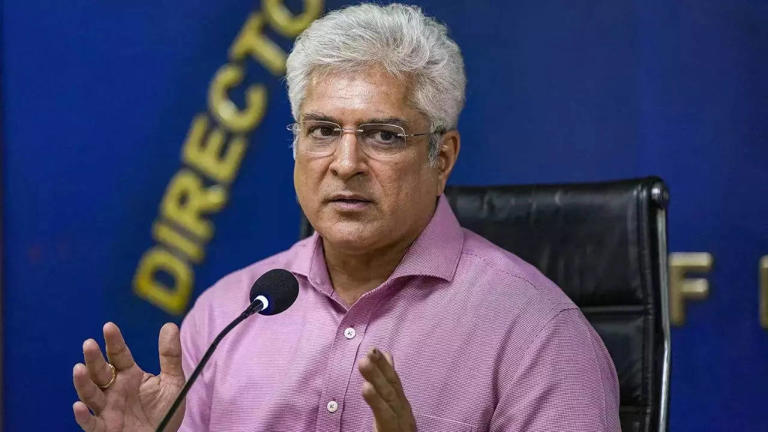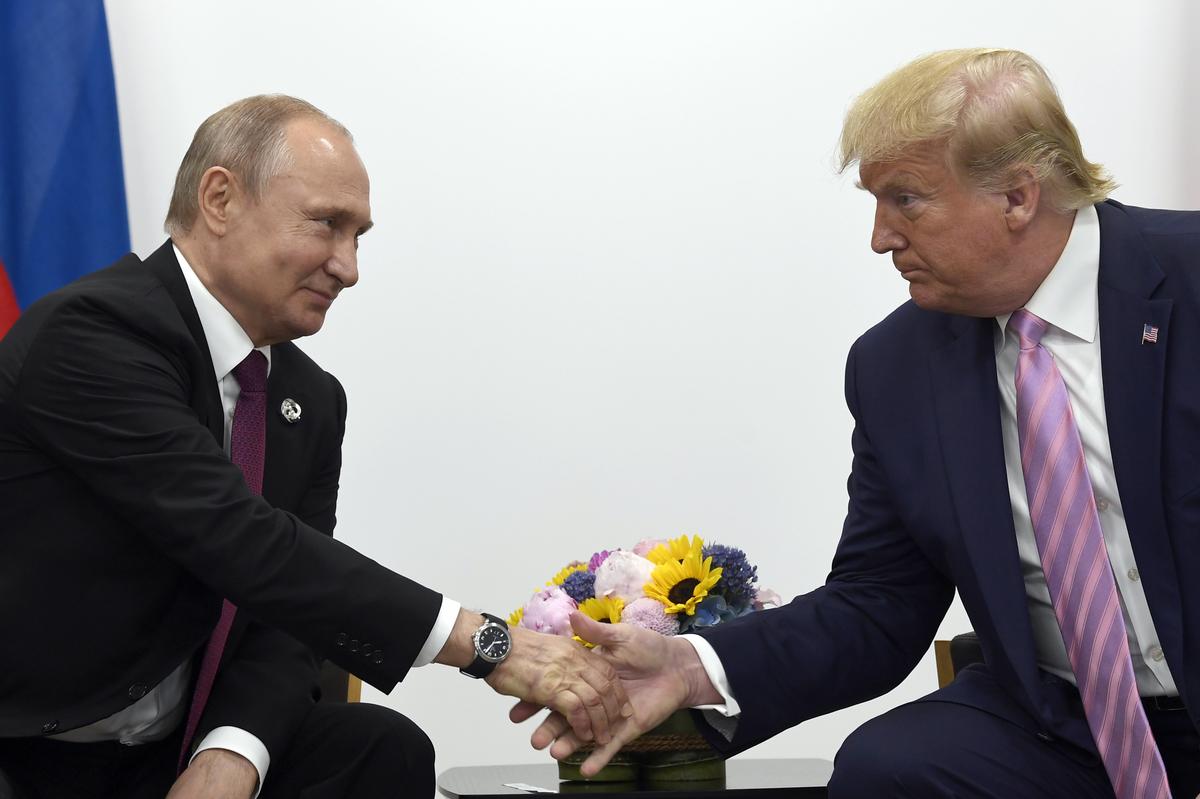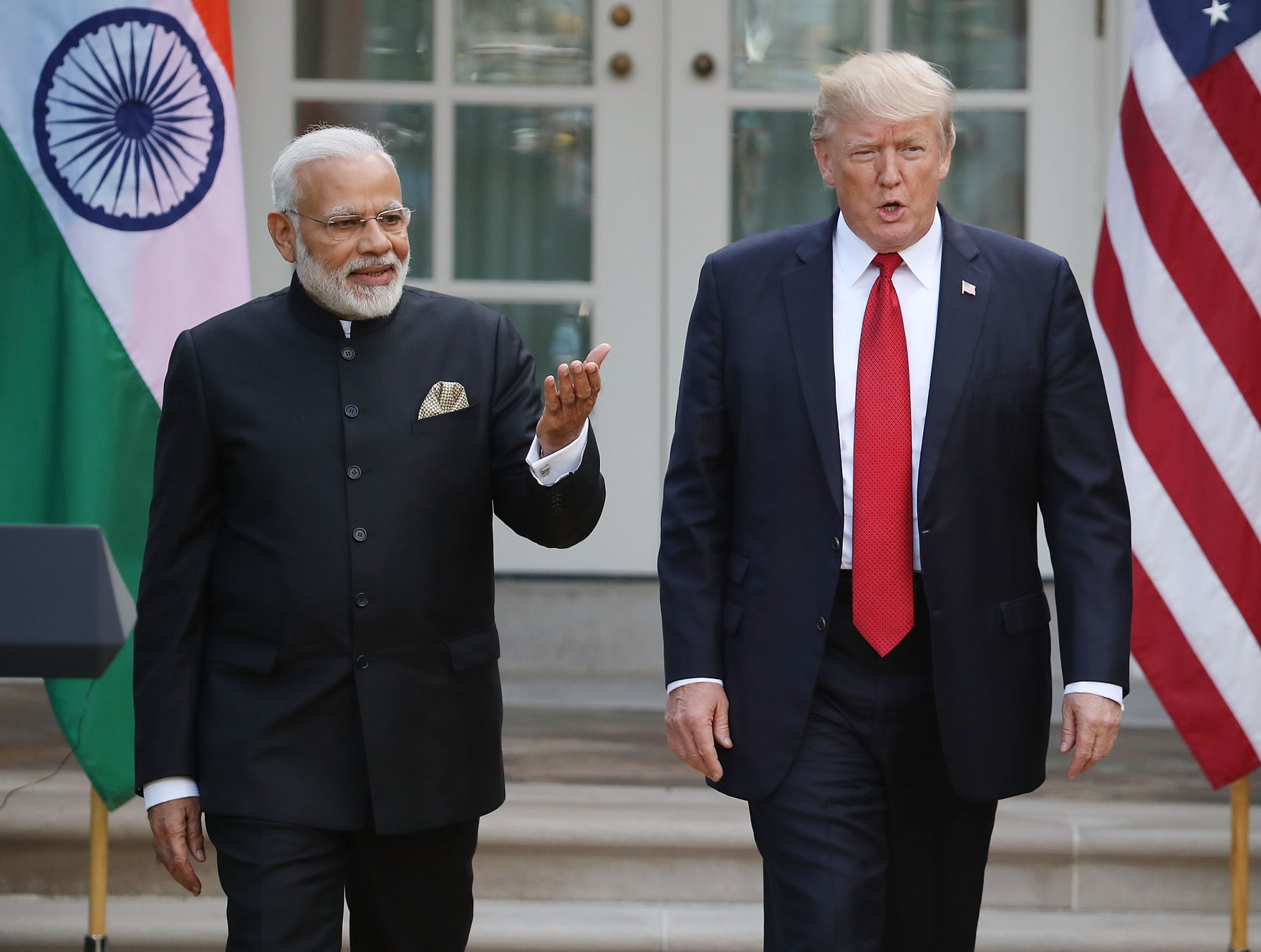Home / home / Indian Navy’s Strategic Dominance in Operation Sindoor: Containing Pakistani Naval Forces
Indian Navy’s Strategic Dominance in Operation Sindoor: Containing Pakistani Naval Forces
By: My India Times
2 minutes read 25Updated At: 2025-05-12

In response to the devastating Pahalgam terror attack on April 22, 2025, which claimed the lives of 26 Indian civilians, India launched a decisive military operation named Operation Sindoor. This operation wasn't just about hitting terrorist targets inside Pakistan; it also showed what the Indian Navy's really capable of—standing strong at sea, keeping control, and sending a clear message to prevent any further escalation.
Operation Sindoor: A Calculated Retaliation
On May 6, 2025, the Indian Air Force initiated Operation Sindoor, executing precision strikes on nine locations across Pakistan and Pakistan-administered Kashmir. Using top-of-the-line Rafale jets armed with SCALP cruise missiles and AASM Hammer bombs, the strike took just 23 minutes but managed to hit hard against terrorist groups, including Jaish-e-Mohammed and Lashkar-e-Taiba.
Defense Minister Rajnath Singh announced that the recent strikes took out over 100 terrorists, including some of their top operatives and even family members of high-profile leaders. The quick and precise nature of the mission really showed how committed India is to fighting terrorism while keeping civilian harm to a minimum.
Naval Supremacy: The Indian Navy's Strategic Deployment
Complementing the aerial offensive, the Indian Navy played a pivotal role in exerting pressure on Pakistan's maritime front. Deploying over ten frontline warships, including INS Kolkata, INS Kochi, INS Chennai, and INS Mormugao, the Navy established a formidable presence in the Arabian Sea. This deployment effectively confined Pakistani naval assets to their harbors, particularly in Karachi, limiting their operational capabilities and deterring potential retaliatory actions.
The Navy's strategy mirrored historical precedents, such as the 1971 Operation Trident and the 1999 Operation Talwar, where aggressive patrolling and strategic positioning near Karachi had previously forced the Pakistan Navy into a defensive stance. By leveraging its modern fleet and advanced surveillance systems, the Indian Navy reaffirmed its maritime superiority and readiness to counter any threats.
Pakistan's Response and International Mediation
In retaliation, Pakistan launched "Operation Bunyan al-Marsus," targeting 25 military sites within India using medium-range missiles and drones. Despite these efforts, the Indian Armed Forces successfully neutralized multiple threats, maintaining air superiority and safeguarding critical infrastructure.
The escalating conflict drew international concern, prompting diplomatic interventions. U.S. President Donald Trump and other global leaders urged restraint, leading to a fragile ceasefire agreement on May 11, 2025. While both nations claimed victory, the ceasefire highlighted the importance of diplomatic channels in de-escalating tensions between nuclear-armed neighbors.
Strategic Implications and Future Outlook
India's integrated military response, combining precise airstrikes with strategic naval deployments, demonstrated a comprehensive approach to national security. The Indian Navy's ability to project power and restrict adversarial movements in the maritime domain not only neutralized immediate threats but also served as a deterrent against future provocations.
As regional dynamics continue to evolve, India's emphasis on modernizing its armed forces and enhancing inter-service coordination remains crucial. The lessons from Operation Sindoor underscore the significance of preparedness, swift decision-making, and the seamless integration of military capabilities in safeguarding national interests.
....In response to the devastating Pahalgam terror attack on April 22, 2025, which claimed the lives of 26 Indian civilians, India launched a decisive military operation named Operation Sindoor. This operation wasn't just about hitting terrorist targets inside Pakistan; it also showed what the Indian Navy's really capable of—standing strong at sea, keeping control, and sending a clear message to prevent any further escalation.
Operation Sindoor: A Calculated Retaliation
On May 6, 2025, the Indian Air Force initiated Operation Sindoor, executing precision strikes on nine locations across Pakistan and Pakistan-administered Kashmir. Using top-of-the-line Rafale jets armed with SCALP cruise missiles and AASM Hammer bombs, the strike took just 23 minutes but managed to hit hard against terrorist groups, including Jaish-e-Mohammed and Lashkar-e-Taiba.
Defense Minister Rajnath Singh announced that the recent strikes took out over 100 terrorists, including some of their top operatives and even family members of high-profile leaders. The quick and precise nature of the mission really showed how committed India is to fighting terrorism while keeping civilian harm to a minimum.
Naval Supremacy: The Indian Navy's Strategic Deployment
Complementing the aerial offensive, the Indian Navy played a pivotal role in exerting pressure on Pakistan's maritime front. Deploying over ten frontline warships, including INS Kolkata, INS Kochi, INS Chennai, and INS Mormugao, the Navy established a formidable presence in the Arabian Sea. This deployment effectively confined Pakistani naval assets to their harbors, particularly in Karachi, limiting their operational capabilities and deterring potential retaliatory actions.
The Navy's strategy mirrored historical precedents, such as the 1971 Operation Trident and the 1999 Operation Talwar, where aggressive patrolling and strategic positioning near Karachi had previously forced the Pakistan Navy into a defensive stance. By leveraging its modern fleet and advanced surveillance systems, the Indian Navy reaffirmed its maritime superiority and readiness to counter any threats.
Pakistan's Response and International Mediation
In retaliation, Pakistan launched "Operation Bunyan al-Marsus," targeting 25 military sites within India using medium-range missiles and drones. Despite these efforts, the Indian Armed Forces successfully neutralized multiple threats, maintaining air superiority and safeguarding critical infrastructure.
The escalating conflict drew international concern, prompting diplomatic interventions. U.S. President Donald Trump and other global leaders urged restraint, leading to a fragile ceasefire agreement on May 11, 2025. While both nations claimed victory, the ceasefire highlighted the importance of diplomatic channels in de-escalating tensions between nuclear-armed neighbors.
Strategic Implications and Future Outlook
India's integrated military response, combining precise airstrikes with strategic naval deployments, demonstrated a comprehensive approach to national security. The Indian Navy's ability to project power and restrict adversarial movements in the maritime domain not only neutralized immediate threats but also served as a deterrent against future provocations.
As regional dynamics continue to evolve, India's emphasis on modernizing its armed forces and enhancing inter-service coordination remains crucial. The lessons from Operation Sindoor underscore the significance of preparedness, swift decision-making, and the seamless integration of military capabilities in safeguarding national interests.
By: My India Times
Updated At: 2025-05-12
Tags: home News | My India Times News | Trending News | Travel News
Join our WhatsApp Channel

Similiar News

US Supreme Court Rejects 26/11 Accused Tahawwur Rana’s Plea to Block Extradition to India
2025-03-08














































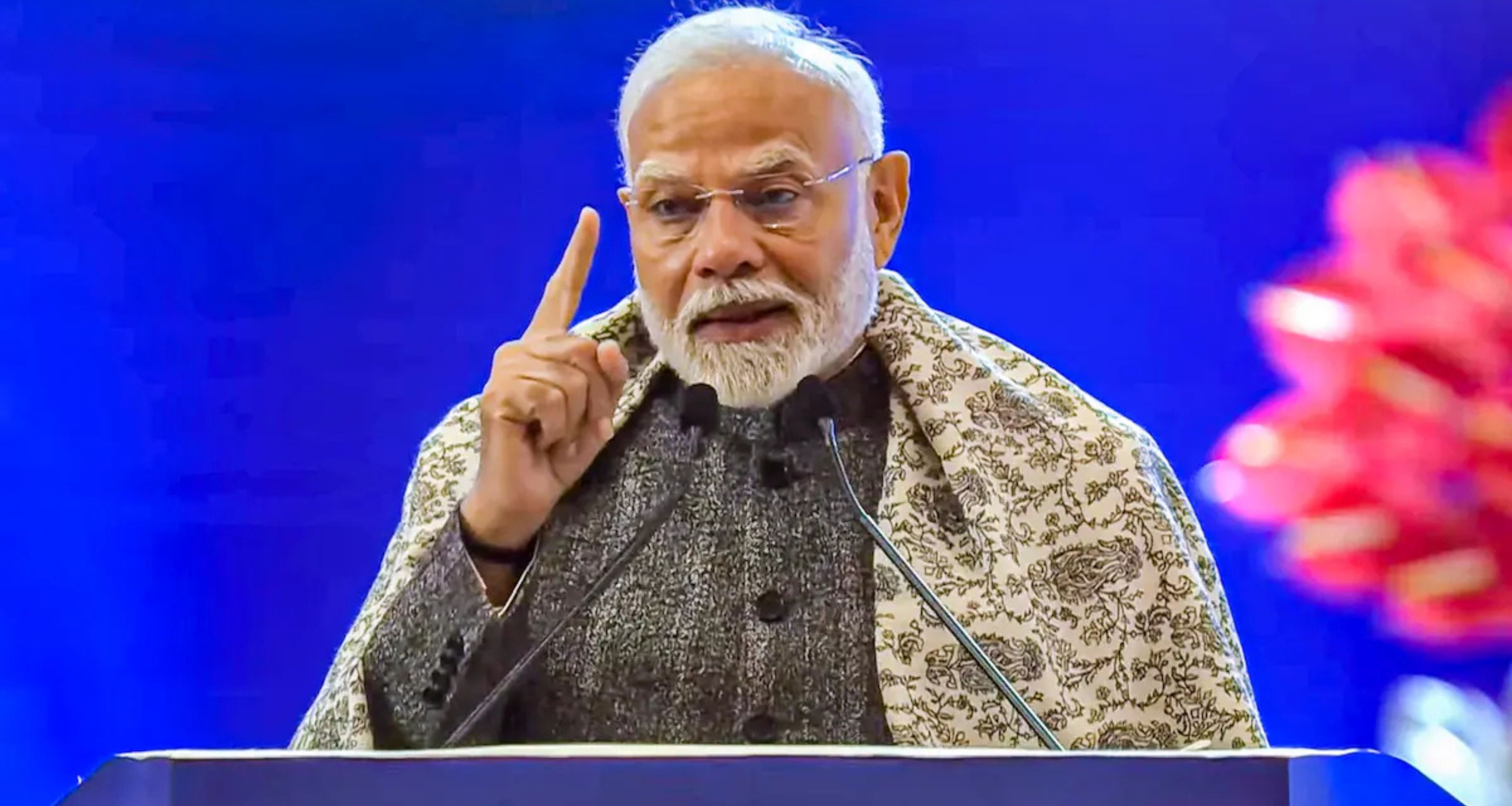





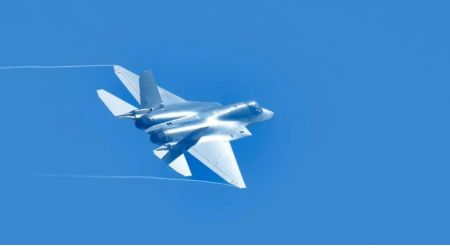



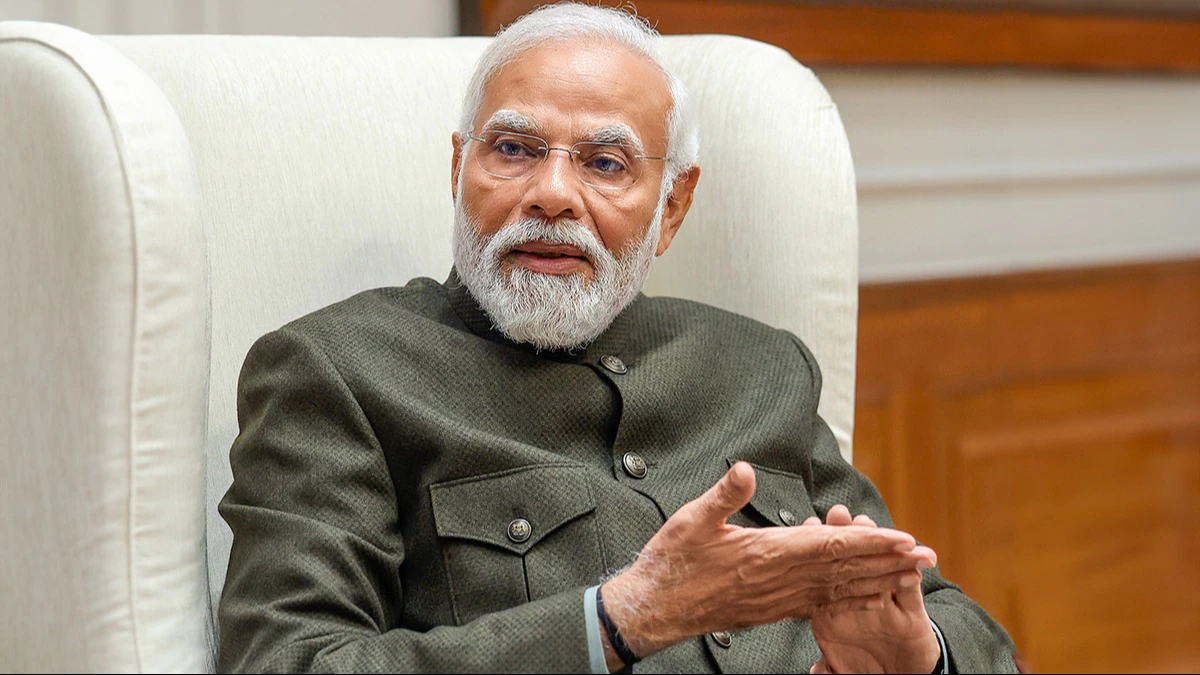








.jfif)









.jpg)

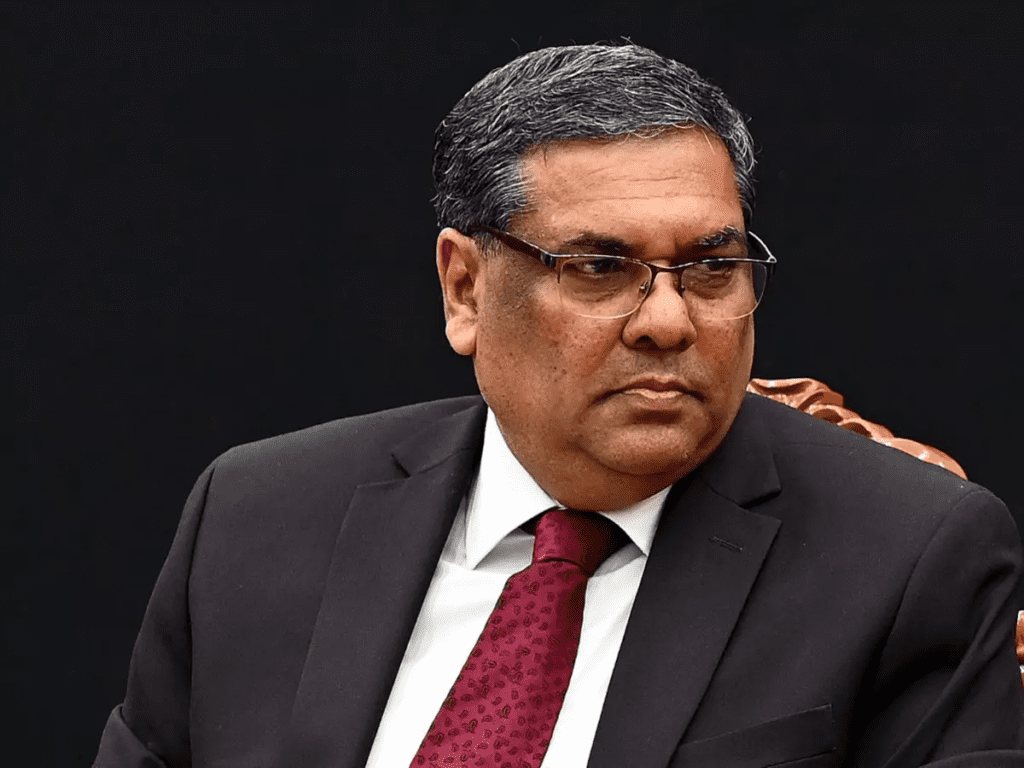


























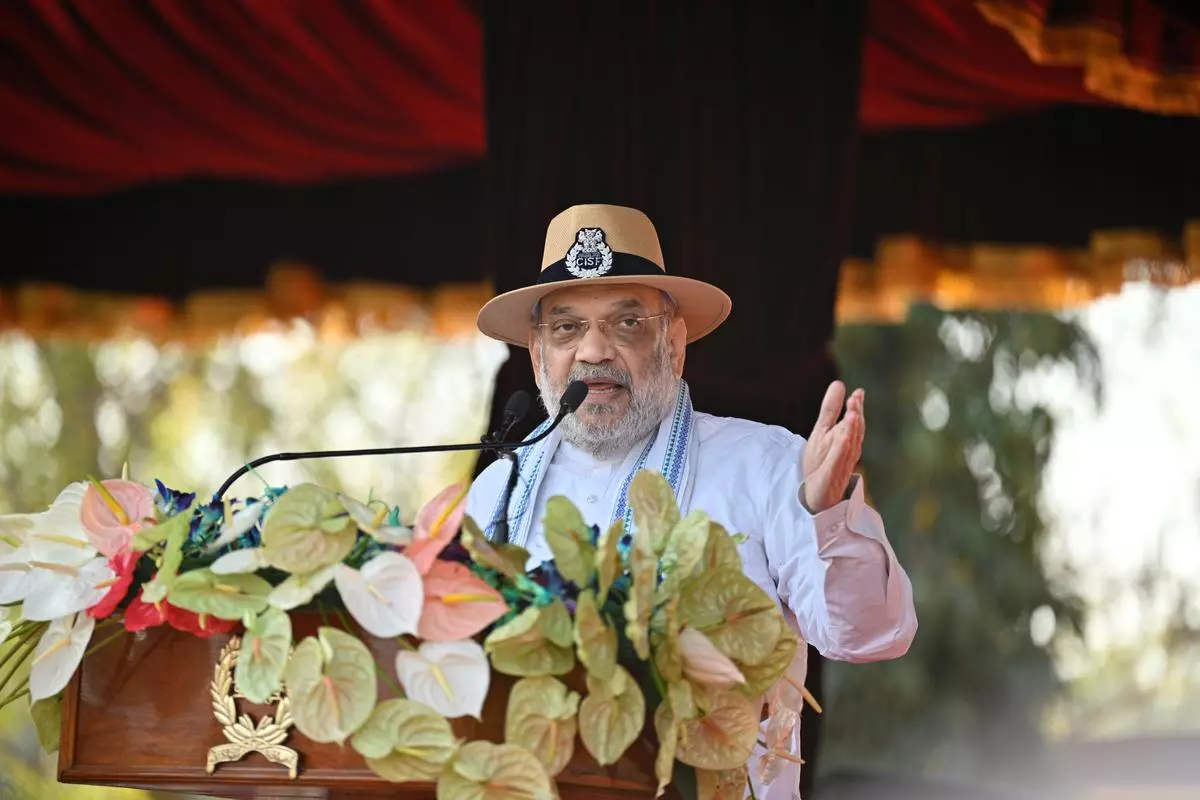












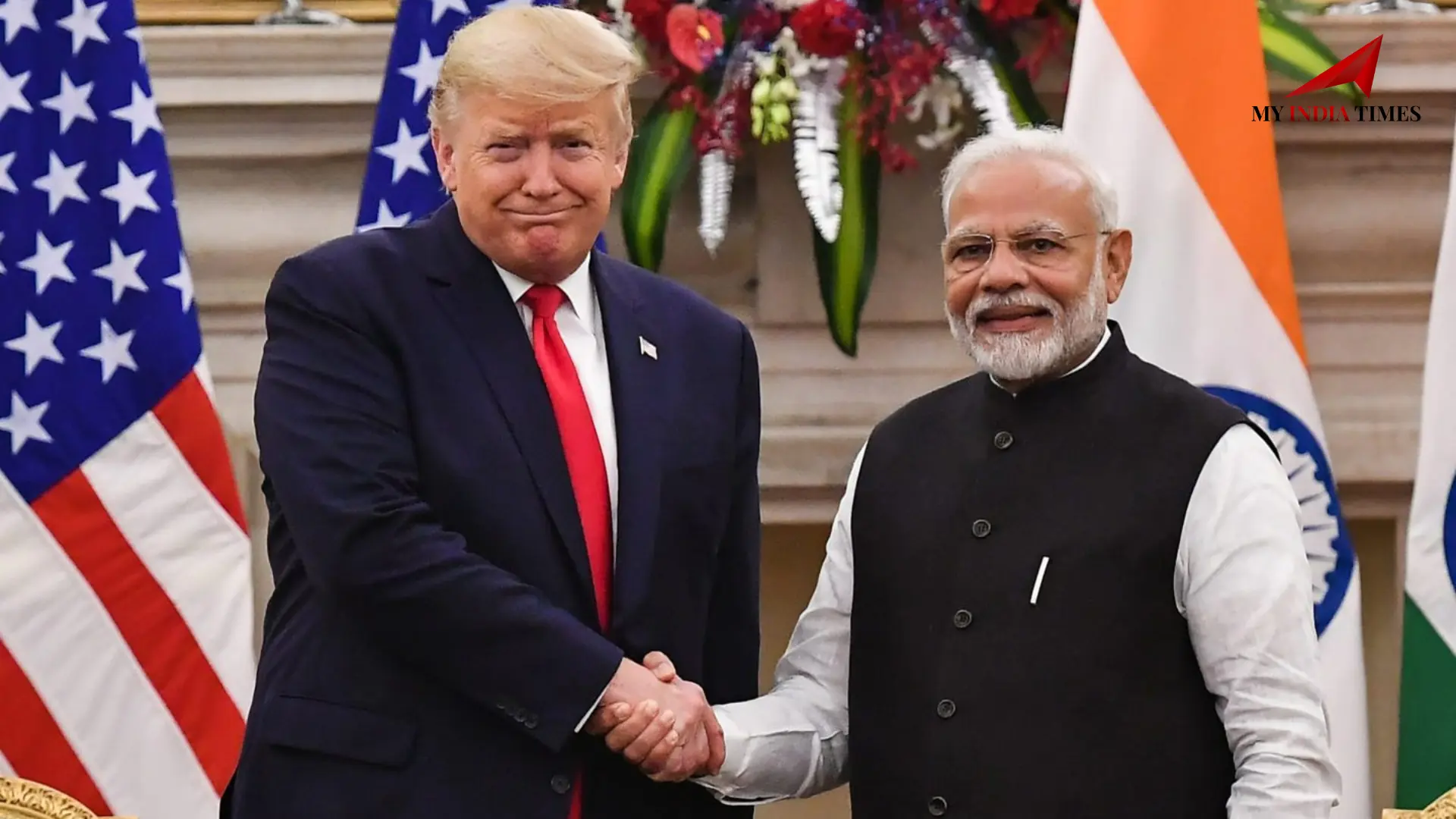
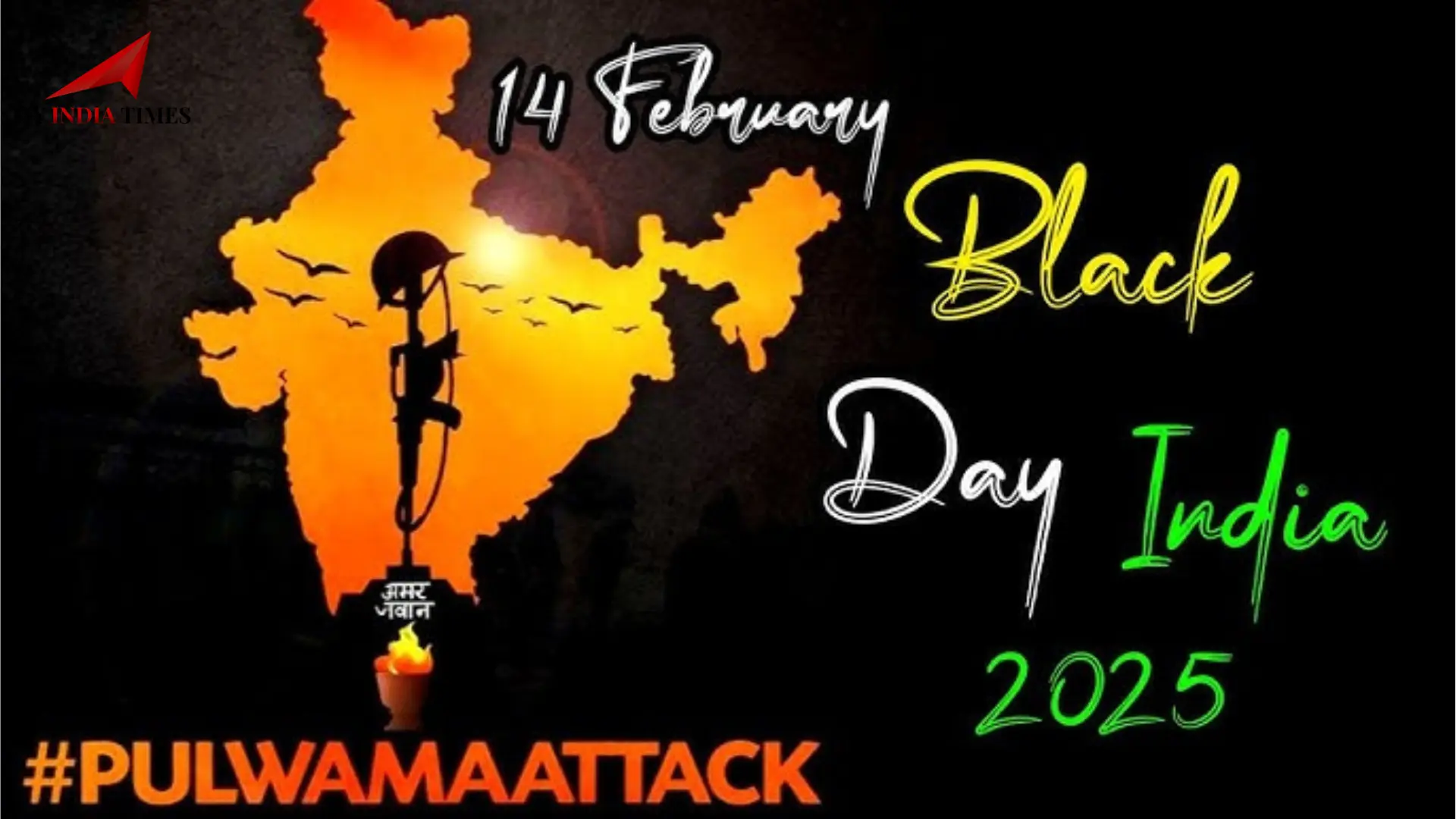
















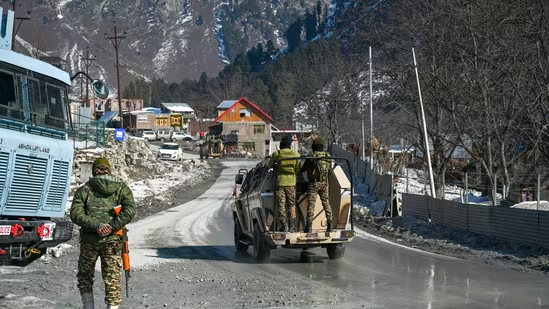



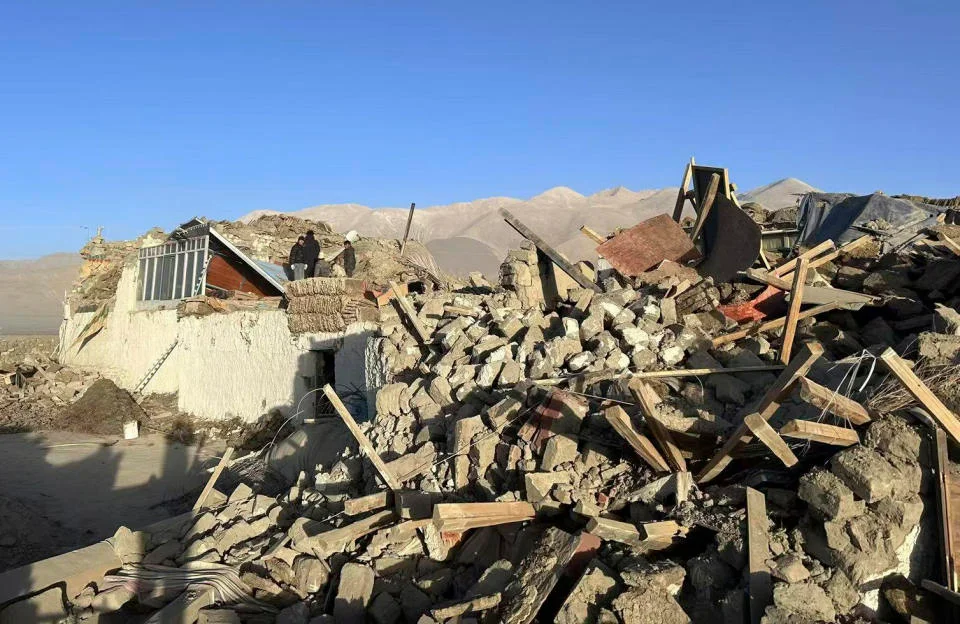




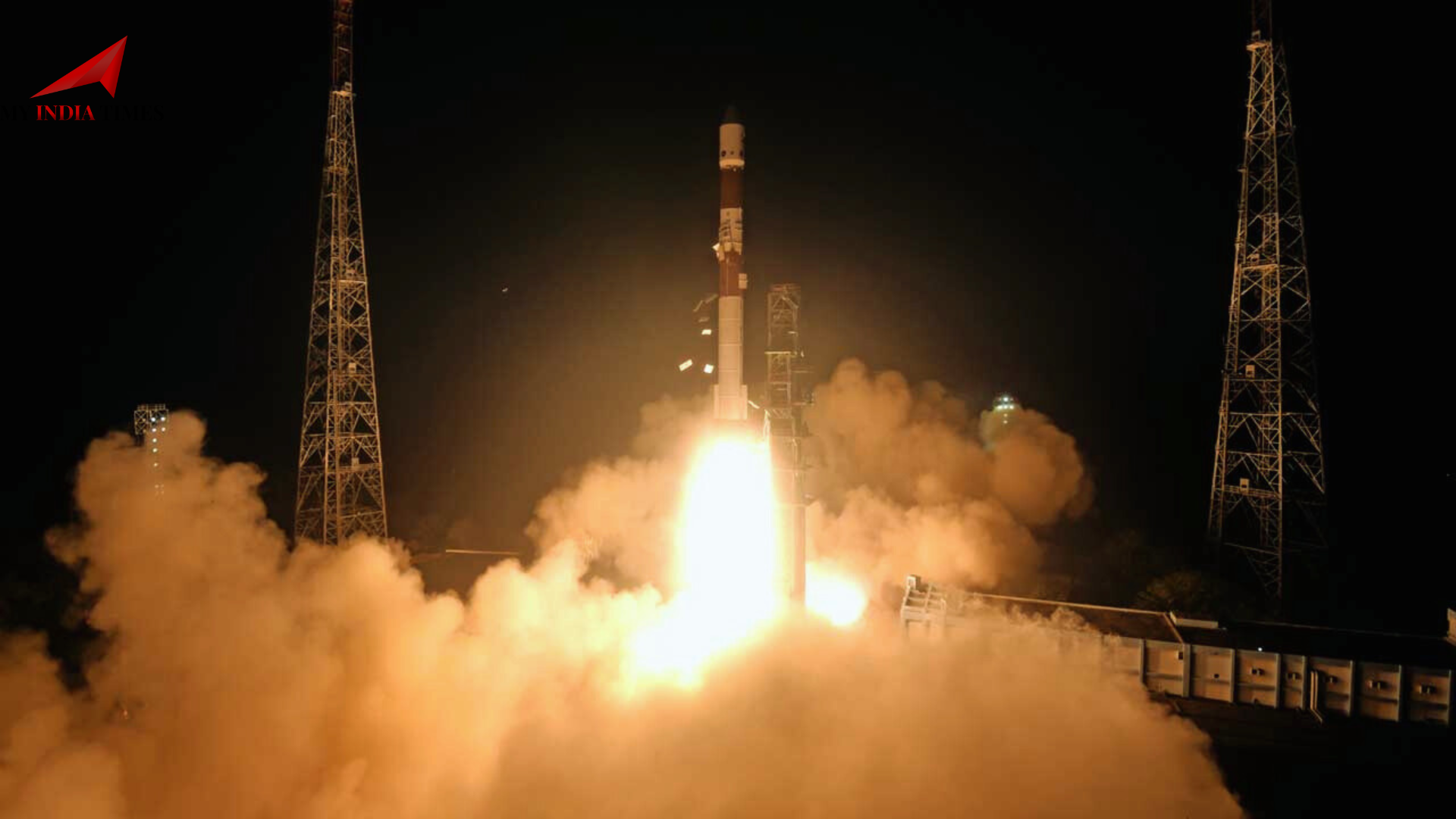



















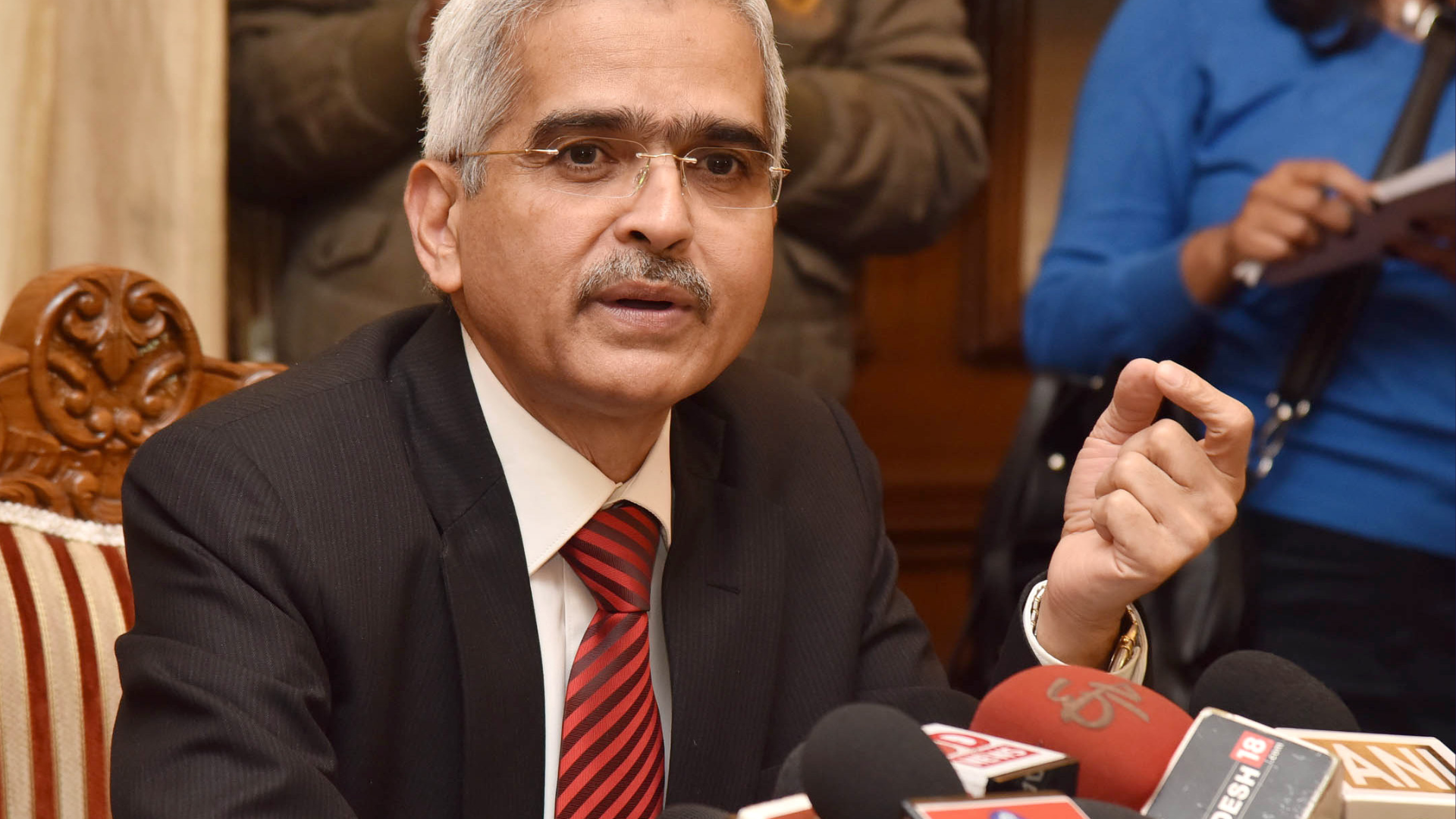







.png)
 (1).png)





